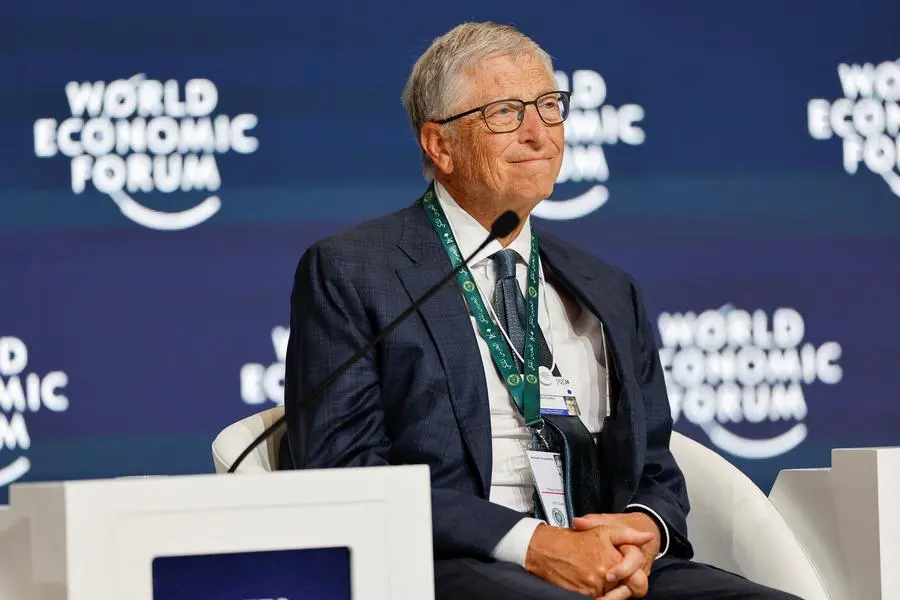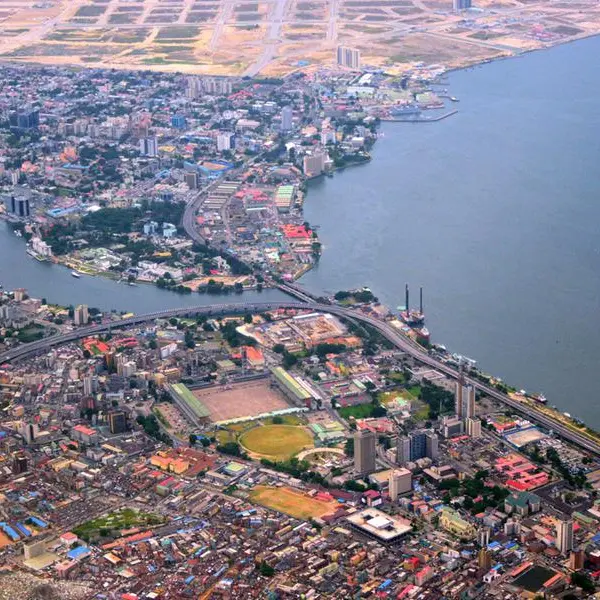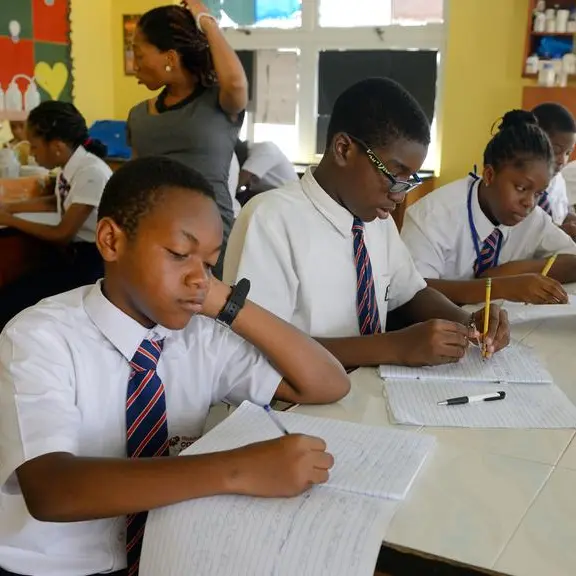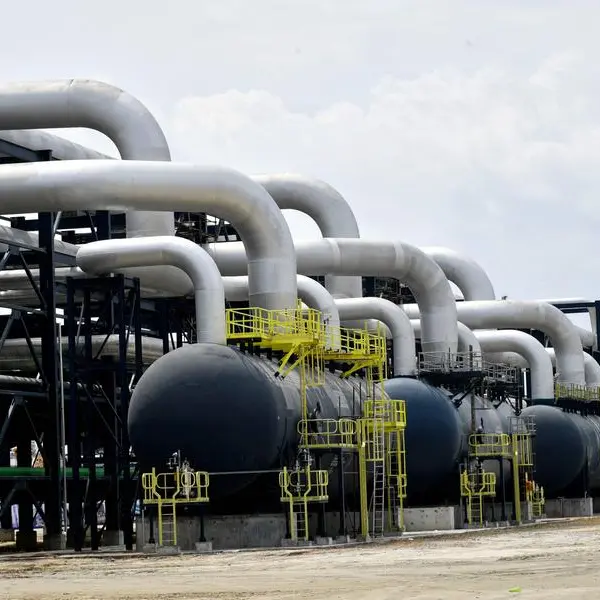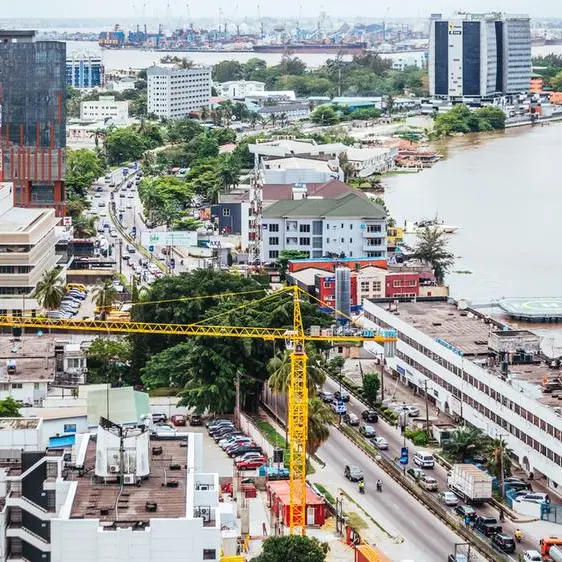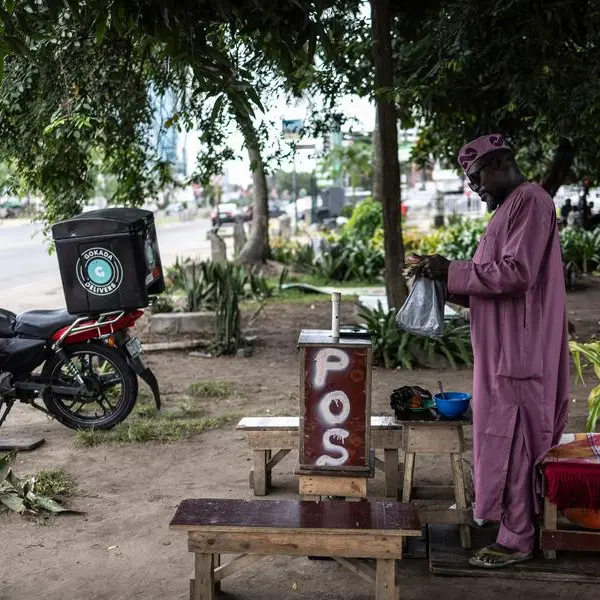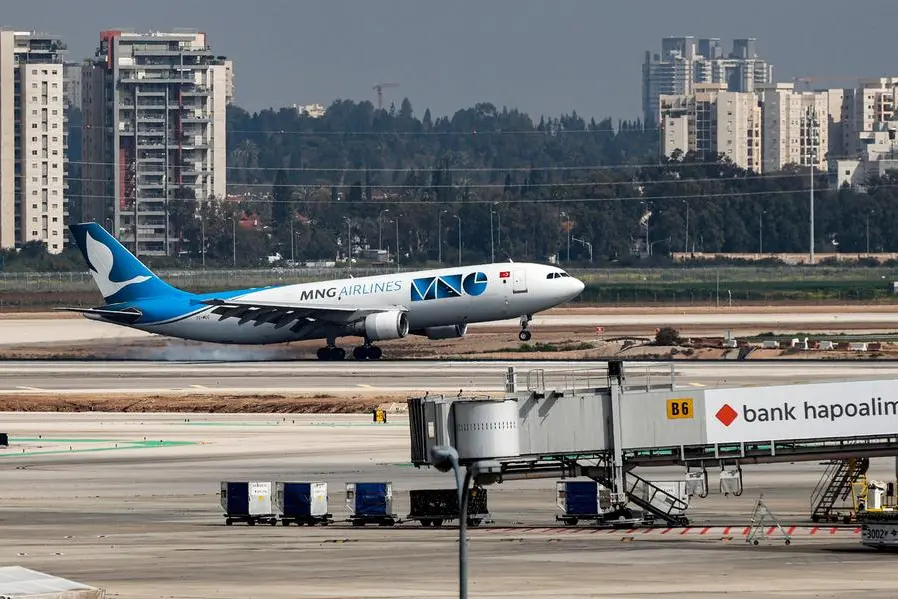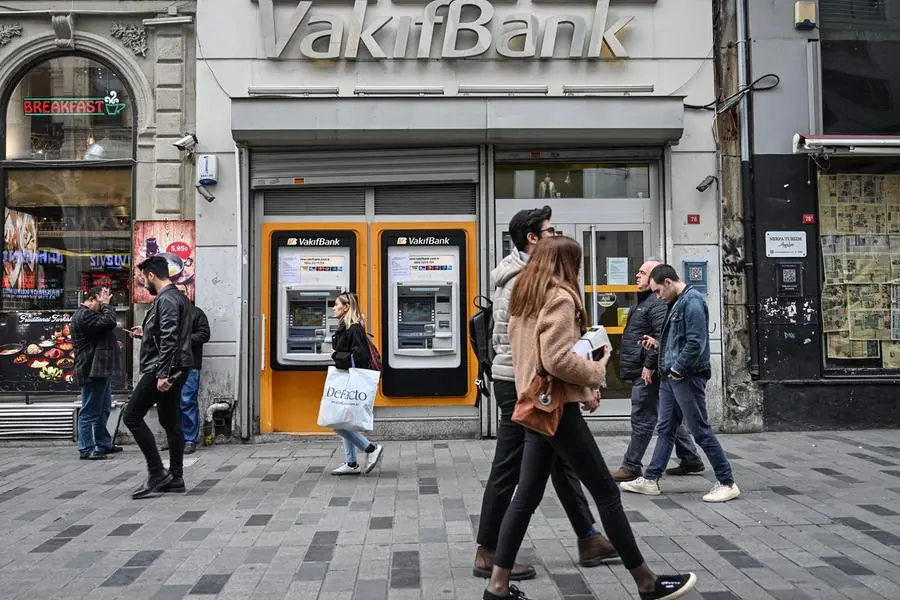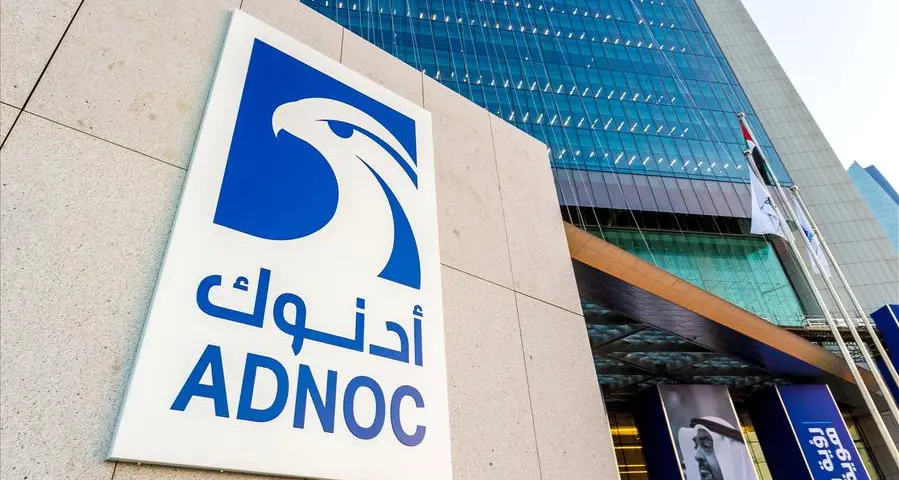PHOTO
During his 2022 visit to Nairobi, Bill Gates pledged around $7 billion to Africa to tackle poverty, hunger, and inequality. Could you give an update on the allocation of that funding and the main focus areas? Are there any new focus areas, or are you building on existing initiatives?Yes, Bill’s commitment remains aligned with our priority areas. Each year, the foundation allocates around $8.4 billion globally, and this will increase to $9 billion next year, which makes it the largest spend by any private philanthropy. Our areas of focus have remained largely the same.
Health is our biggest priority, with the largest portion of funding dedicated to it. For example, polio eradication remains a top priority as we work toward eradicating wild polio in Pakistan and Afghanistan and addressing vaccine-derived polio cases across Africa.
Other focus areas are HIV, tuberculosis, and malaria, with significant investment in research and development, particularly for diseases where there is little market interest from the private sector.
In tuberculosis, for instance, the foundation has invested heavily in a promising vaccine candidate, M72, which could be the first new TB vaccine in over 50 years. This is essential because TB disproportionately affects Africa and India, regions where private-sector investment is scarce.
Our health programmes also cover maternal and child health, with innovative approaches to address issues like postpartum haemorrhage, maternal and child nutrition, and family planning.
In addition to health, we support health systems strengthening to ensure these innovations are accessible and integrated effectively.
We believe impactful health interventions can significantly reduce under-five mortality, which has already dropped by 50 percent between 2000 and 2015.
Immunisation coverage remains one of our top priorities, supported by our partnership with Gavi to ensure vaccines are affordable and accessible across Africa.
Beyond health, we focus on agriculture, economic empowerment for women, and inclusive finance to improve access for women and smallholder farmers.
A large portion of our foundation's total spend goes toward programmes that directly benefit Africa, and we are steadily increasing direct support to African organisations.
The recent Goalkeepers Report highlighted malnutrition as a critical issue in Africa. What are the foundation’s interventions or recommendations for African countries to address malnutrition and related issues flagged in the report?We were pleased to see how the Goalkeepers Report elevated the issue of malnutrition and garnered attention from the media, academia and policymakers.
Chronic malnutrition affects roughly 30 percent of Africa’s children, which significantly undermines their future potential by impacting their ability to learn and develop.
One of our key goals with the report was to ensure that policymakers, development partners, and donors recognise the critical nature of malnutrition, especially chronic malnutrition, as it jeopardises Africa’s youth and future economic stability.
The foundation’s approach to malnutrition is multi-faceted, recognising that this is a complex issue without a one-size-fits-all solution.
We work to boost agricultural productivity, increase food availability, educate families on diversified diets, and improve health sector capacity to detect and treat malnutrition early.
We’ve also supported the launch of the Child Nutrition Fund to pool resources from various donors to support government-led malnutrition programmes.
Additionally, we prioritise scientific research to understand dietary deficiencies in children and implement food fortification initiatives to provide essential vitamins and nutrients.
For example, in Nigeria, we work with food producers to ensure that basic foods are fortified at minimal cost to the producers, thereby improving nutrition for millions.
Another key intervention is maternal nutrition. We’ve found that pregnant women often only receive iron and folic acid supplements, but many more micronutrients are essential for healthy pregnancies.
We are working with governments, in collaboration with Unicef, to include a full suite of micronutrients into their healthcare programs for expectant mothers. This is part of our broader health system strengthening initiatives.
The adoption of science and technology in Africa sometimes encounters resistance, particularly due to misinformation around vaccines or technologies like GMOs. How does the foundation address these challenges and promote the adoption of science-based interventions to improve lives?The challenge of misinformation is indeed complex. We address this by working with local scientists who understand and are trusted by their communities.
This helps demystify science in a relatable way, making people more receptive to these interventions. Many of our staff, including myself, are scientists dedicated to Africa’s development.
As a trained medical doctor from Rwanda who has lived and worked in multiple African countries, I am deeply committed to applying safe and proven technologies to uplift our communities.
It’s also important to note that much of the agricultural research and innovation in East Africa, for instance, is led by local institutions such as Kenya’s Agricultural and Livestock Research Organisation. When farmers see tangible benefits, like increased crop yields, they are more likely to adopt these technologies.
With Africa’s high vaccine consumption and low production levels, there has been a push for local vaccine and medicine manufacturing. Do you believe this push is timely, and what is the foundation’s role in supporting it?Yes, it is absolutely timely and crucial. Africa consumes a significant amount of vaccines, but produces less than three percent locally.
Covid-19 highlighted the risks of over-reliance on external sources. Even countries with sufficient funds struggled to procure vaccines during the pandemic.
We are working with several African institutions, such as Institut Pasteur de Dakar, to strengthen local manufacturing capabilities, starting with vaccines like yellow fever. In Kenya, we support Revital, which manufactures syringes locally, thereby reducing dependency on imports.
Our goal is to build capacity progressively by focusing on essential products. We support small-scale manufacturing that can grow gradually to meet larger needs. Building this capacity is both an economic and a security imperative for Africa’s future.
The foundation’s investment in Revital, based in Kenya, has transformed local supply chains by shortening lead times and reducing reliance on imports.
Our funding model focuses on catalytic investments, where our philanthropic capital can de-risk high-impact areas and attract other funders.
Thanks to the foundation’s initial seed capital, USAid is now also supporting Revital, which is expanding into rapid diagnostic kit production for diseases like malaria and HIV. This is a good example of how our catalytic funding approach works.
I understand you’re opening a regional office in Nairobi. Take me through the reasons for selecting Nairobi and explain what this development means for Kenya, East Africa, and the foundation.
Next year, the foundation will celebrate 25 years and, while we are young, we are one of the largest private foundations dedicated to development work in Africa.
Our primary goal is to tackle issues with high-impact potential, such as health, agriculture, and economic empowerment, by creating innovations like effective vaccines, agricultural advancements, and financial tools that benefit women and smallholder farmers.
Initially, our approach focused on creating global public good, with the expectation that governments would adopt these innovations into their own programmes.
This led us to help create organisations like Gavi (The Vaccine Alliance) and the Global Fund. About 10 to 12 years ago, however, we recognised that a local presence was essential for accelerating the adoption of these innovations by governments. Consequently, we opened offices in Nigeria, Ethiopia, and South Africa in 2012.
This shift allowed us to establish deeper partnerships, engage with local grantees, and maintain regular contact with governments, which has increased our impact significantly.
Last year, the foundation decided to expand our footprint farther. While our Nigeria and Ethiopia offices will continue as deep-engagement countries, we’re complementing these with three sub-regional offices.
South Africa now serves as the sub-regional office for Southern Africa, Senegal for West and Central Africa, and Nairobi for East Africa.
Nairobi was an obvious choice because it is a vibrant hub with technical expertise, government support, access to talent, and well-established infrastructure, including the UN and Kenya Airways.
This location allows us to work more closely not only in Kenya but also across East Africa. With this office, we can support the region’s growth and contribute to Kenya’s development directly.
There was mention of special privileges and immunities associated with the Nairobi office opening. Can you clarify this?Certainly. The foundation operates in full compliance with the laws and regulations of each host country. We follow government guidance to ensure our agreements align with local legal frameworks, and we did not seek or receive any unique privileges in Kenya.
Kenya’s regulatory environment and supportive policies were indeed factors in our choice, but they align with what is extended to other international organisations here.
The legal environment, along with Kenya’s excellent schools, hospitals, and infrastructure, made Nairobi the ideal choice for our regional office.
© Copyright 2022 Nation Media Group. All Rights Reserved. Provided by SyndiGate Media Inc. (Syndigate.info).
